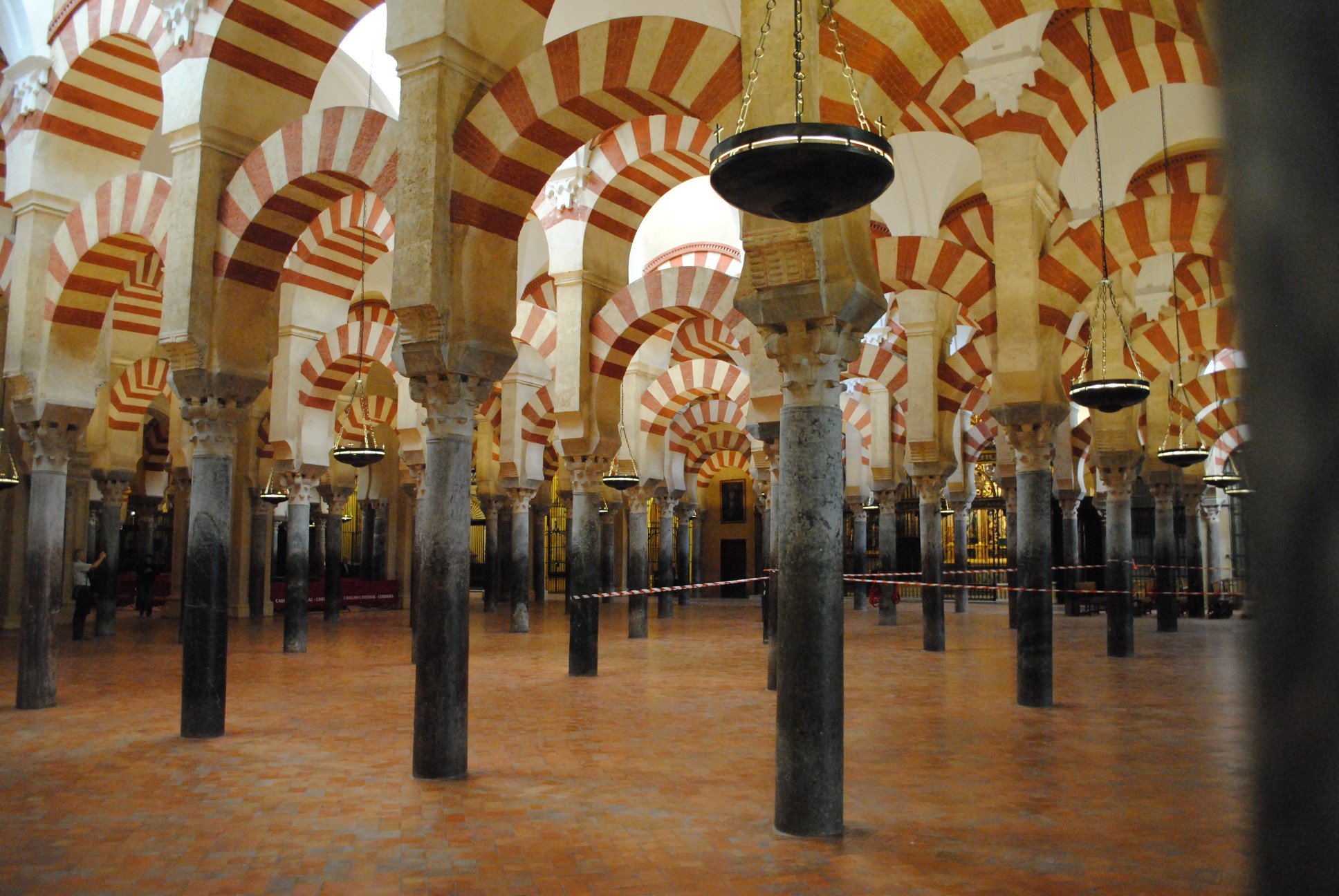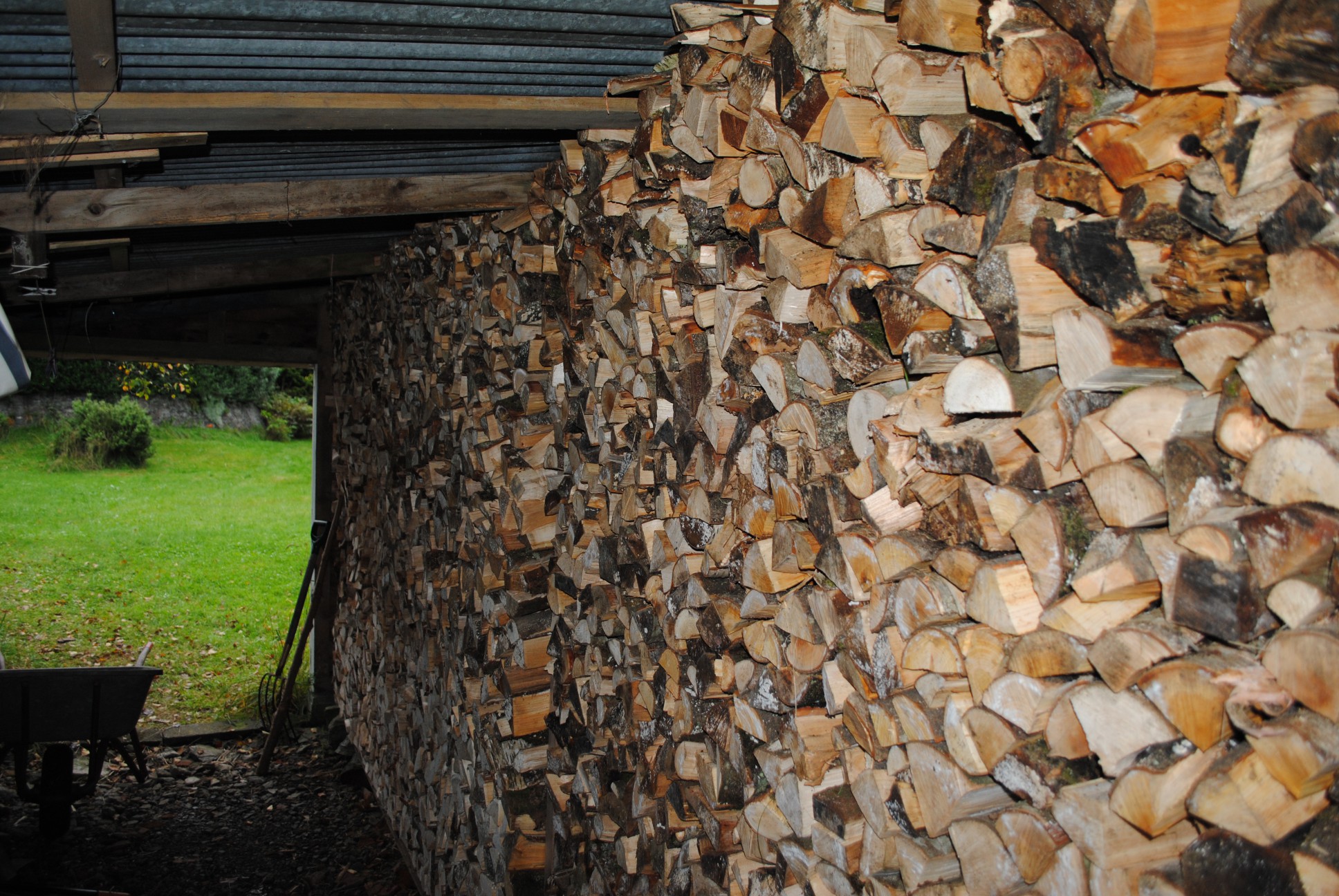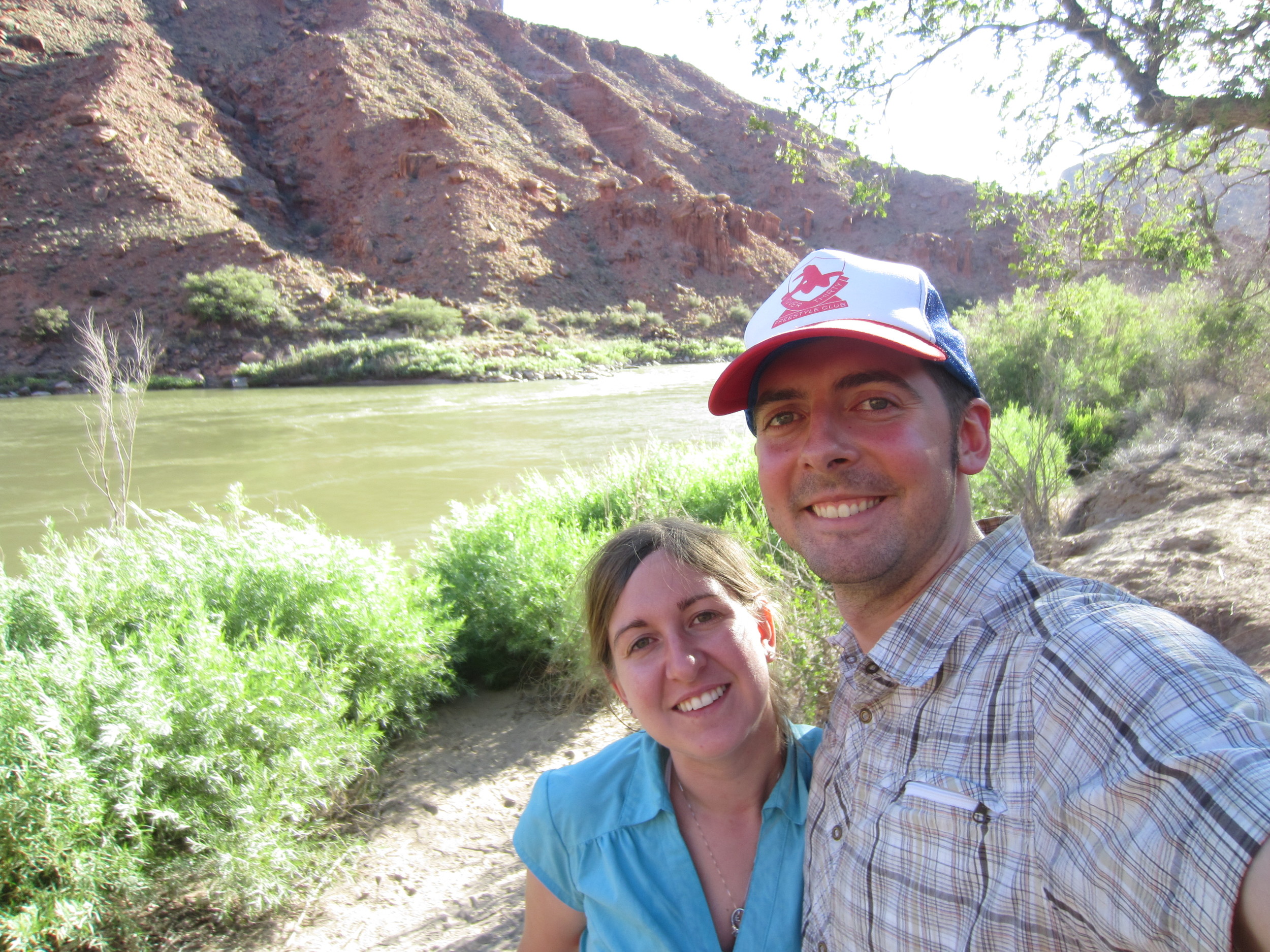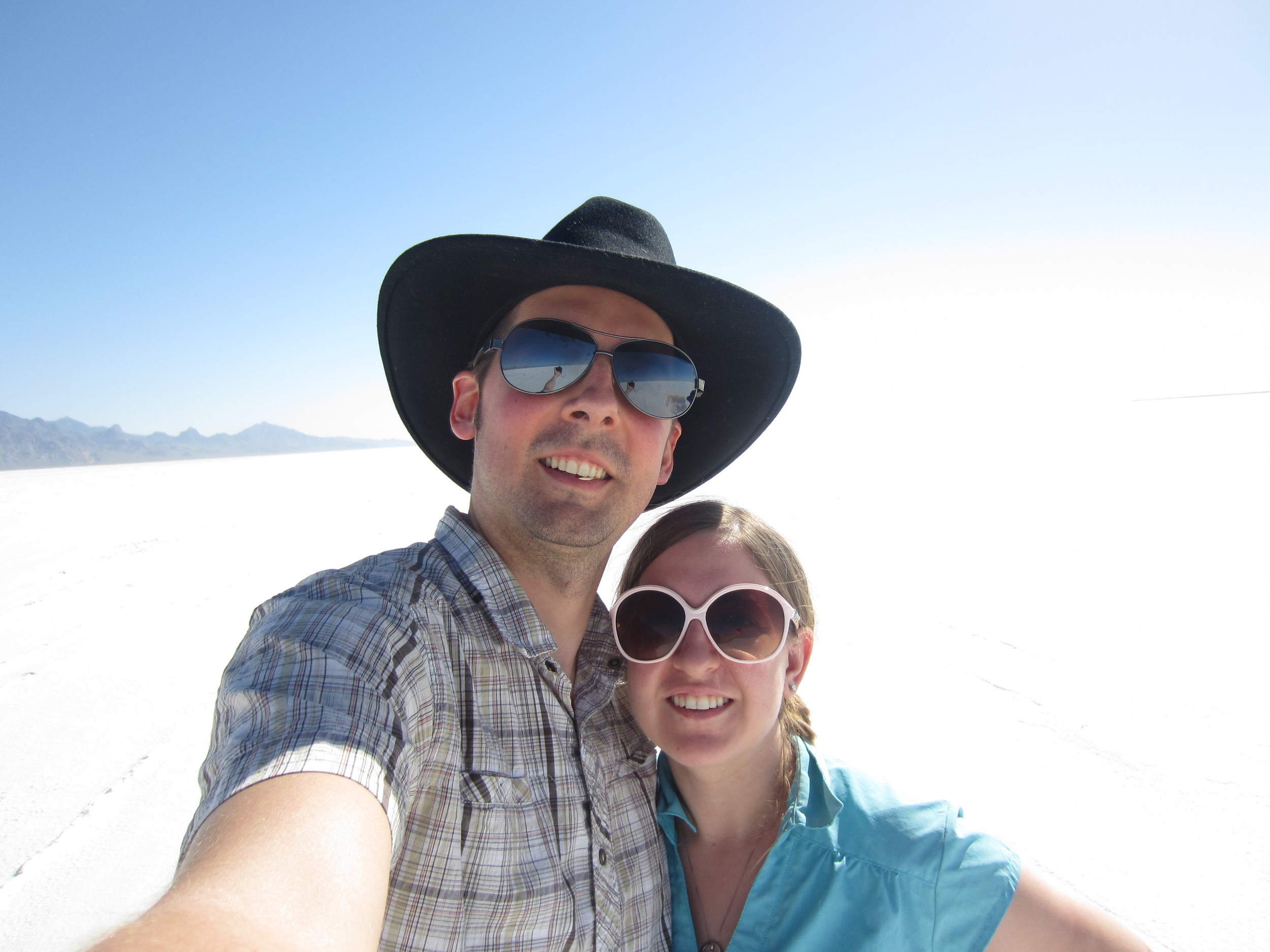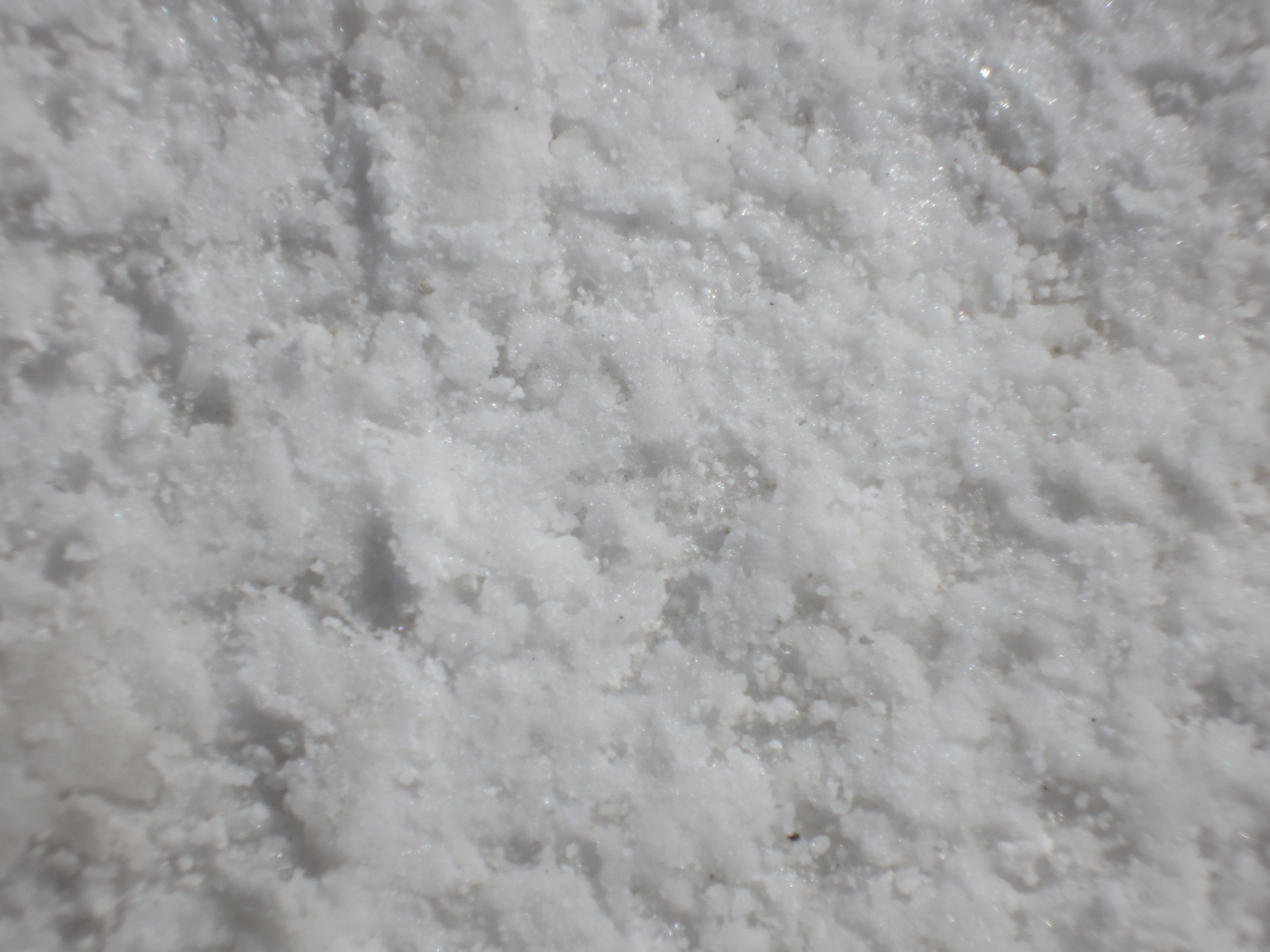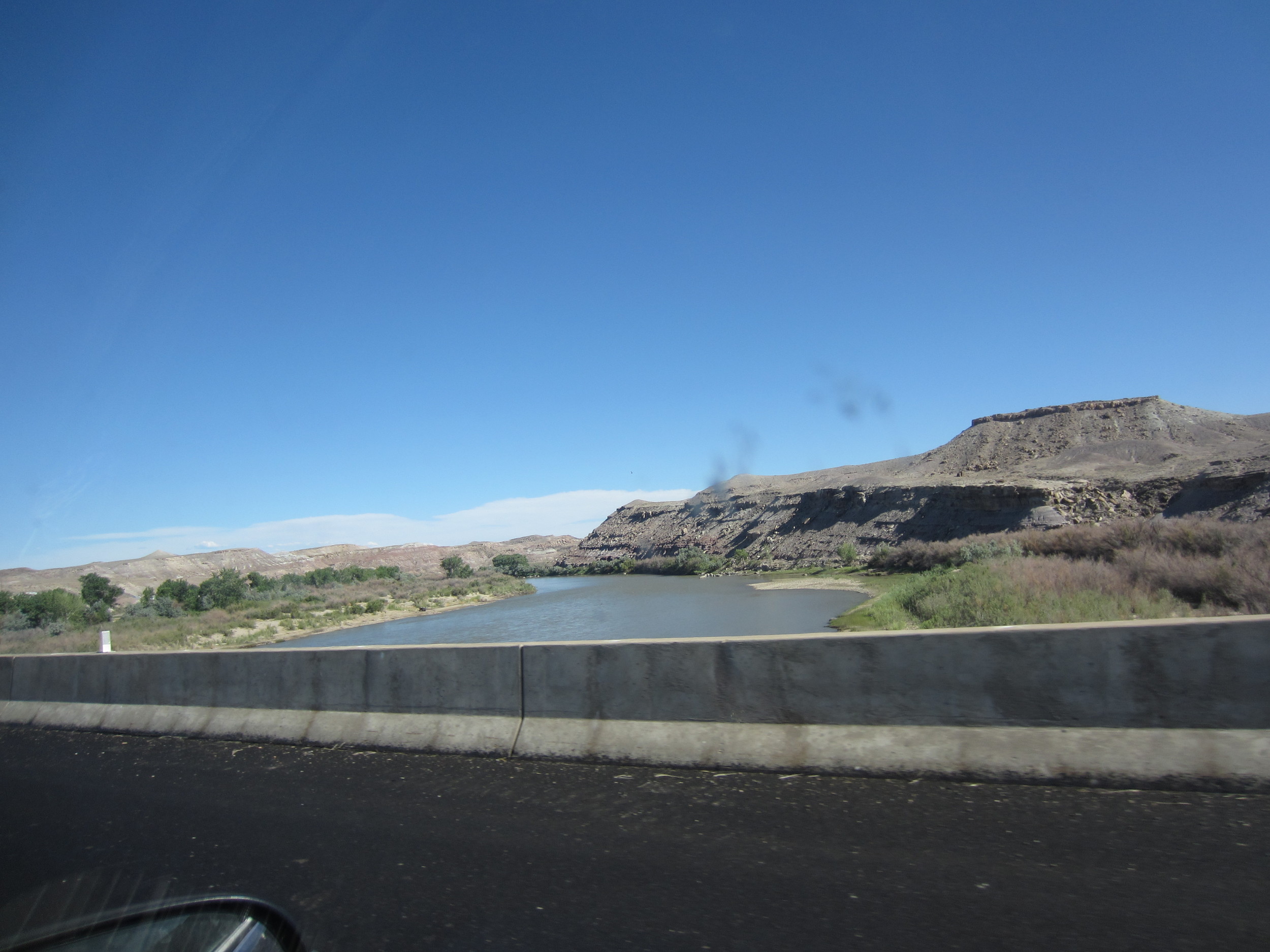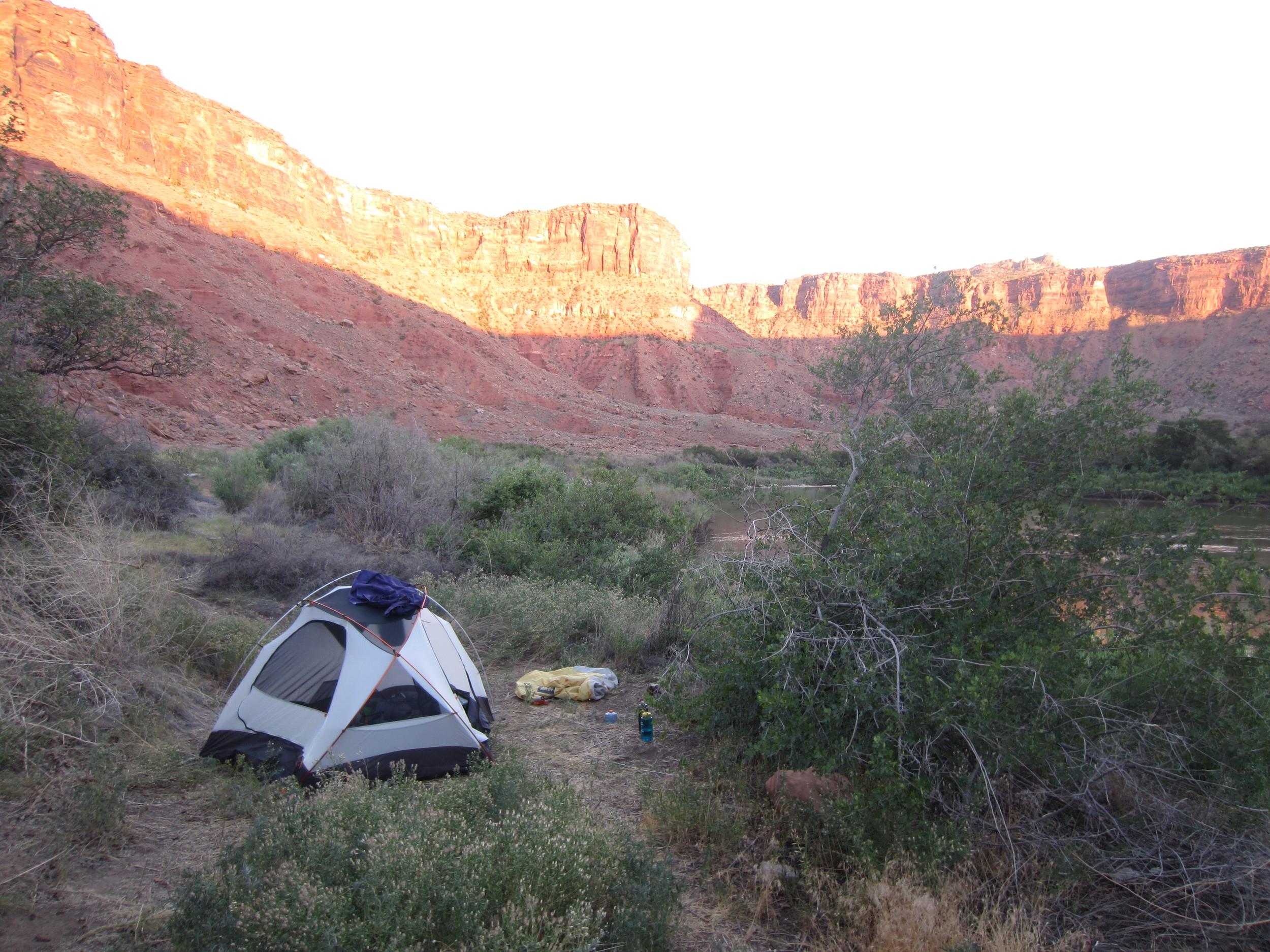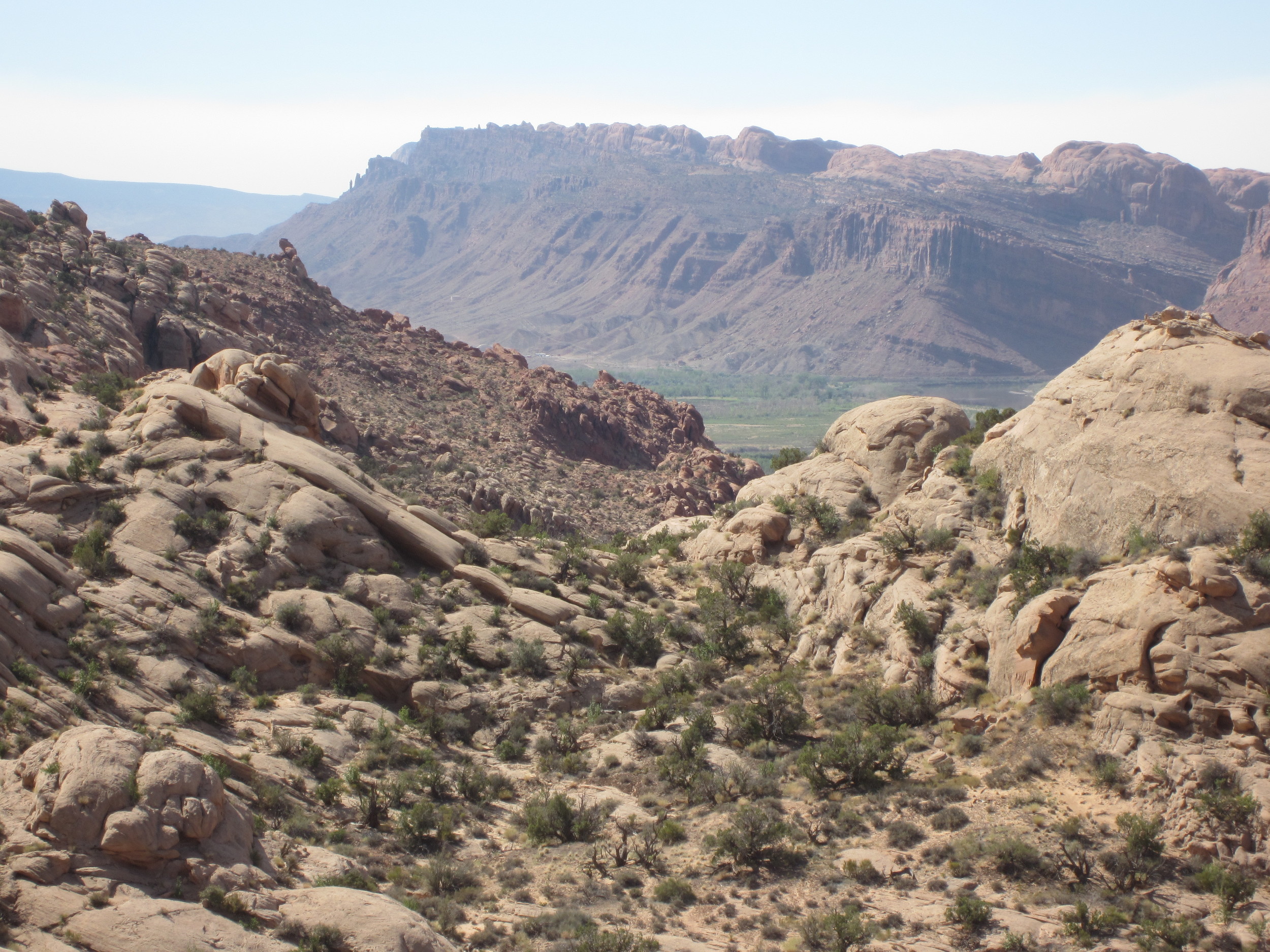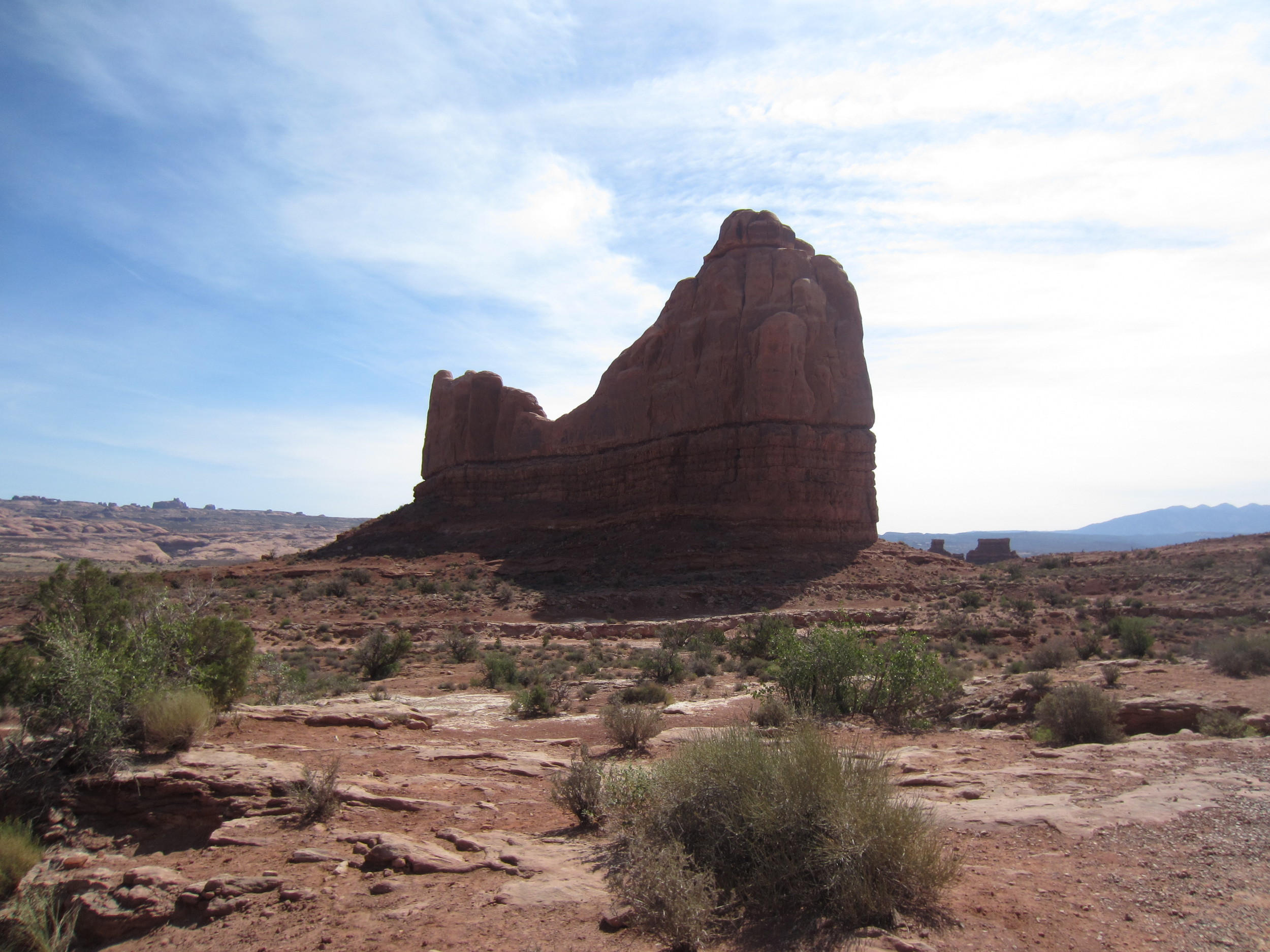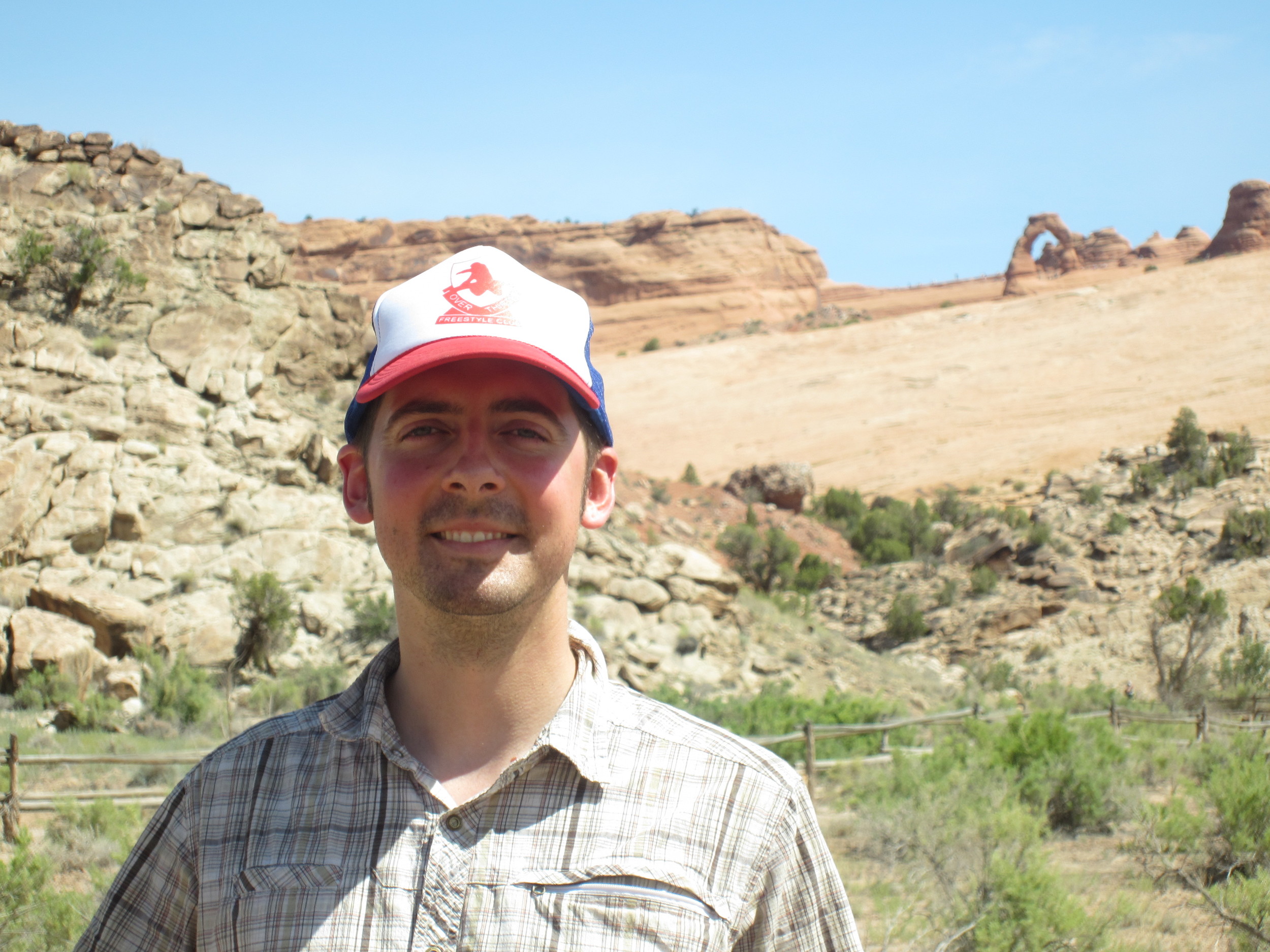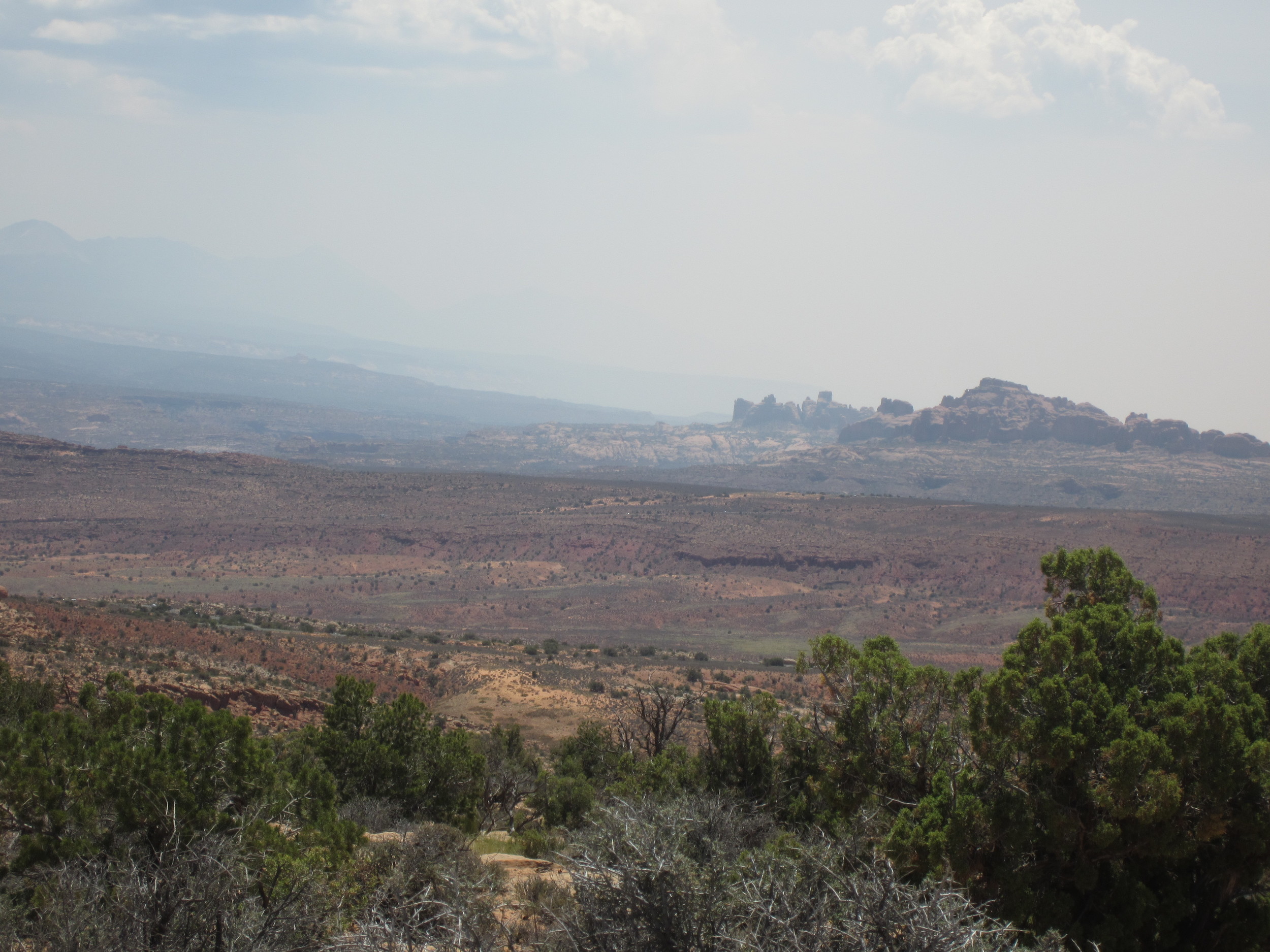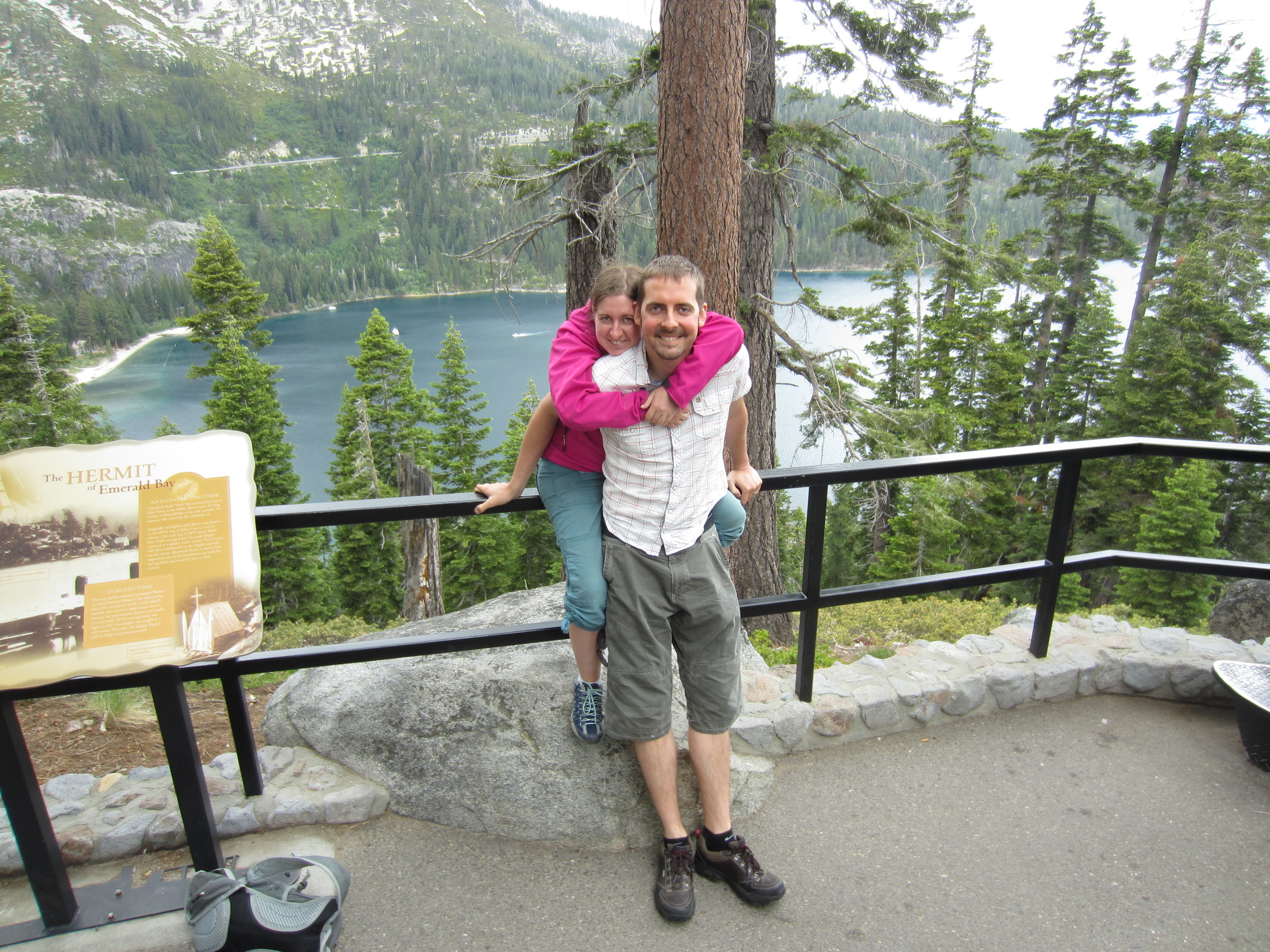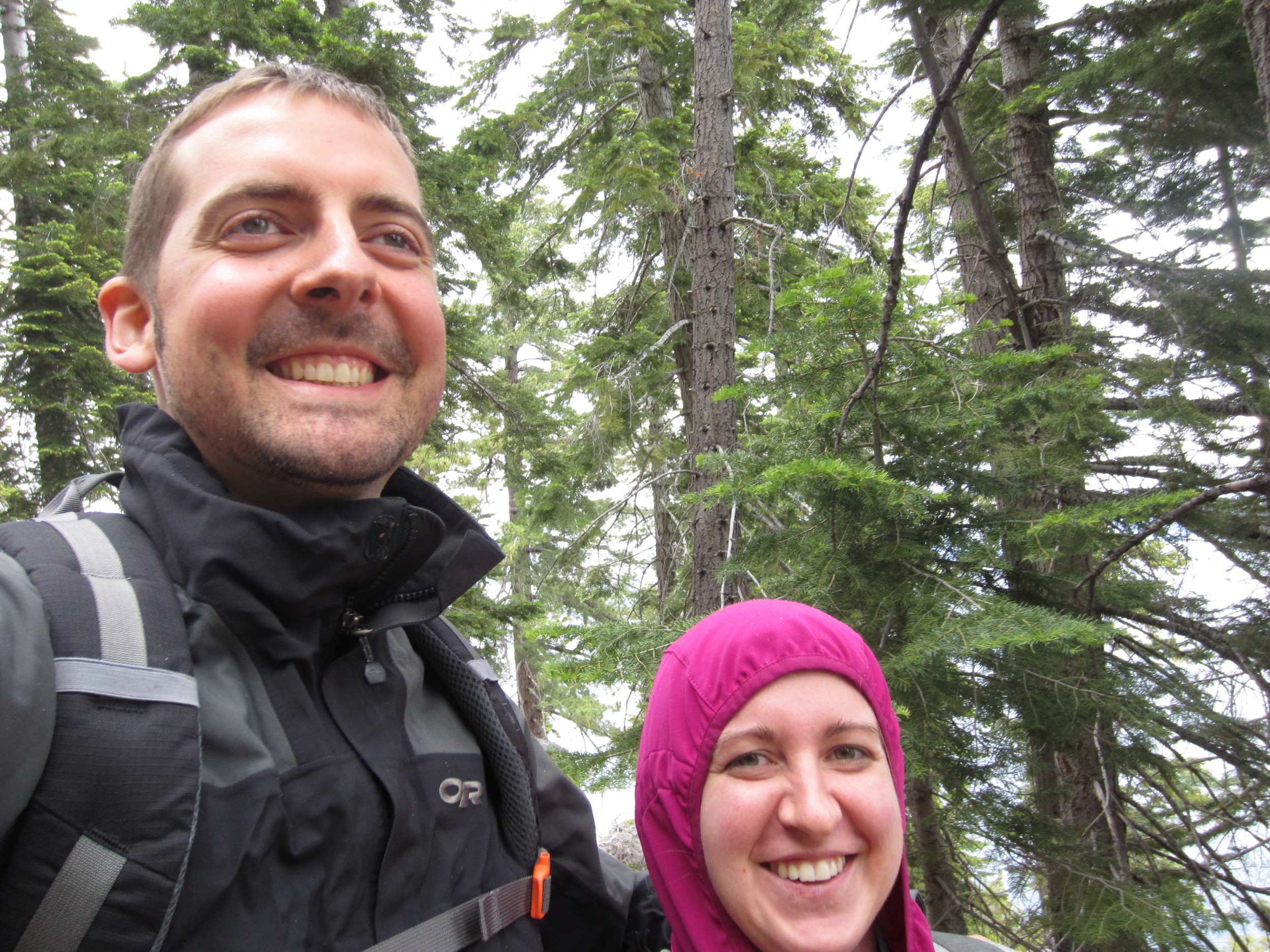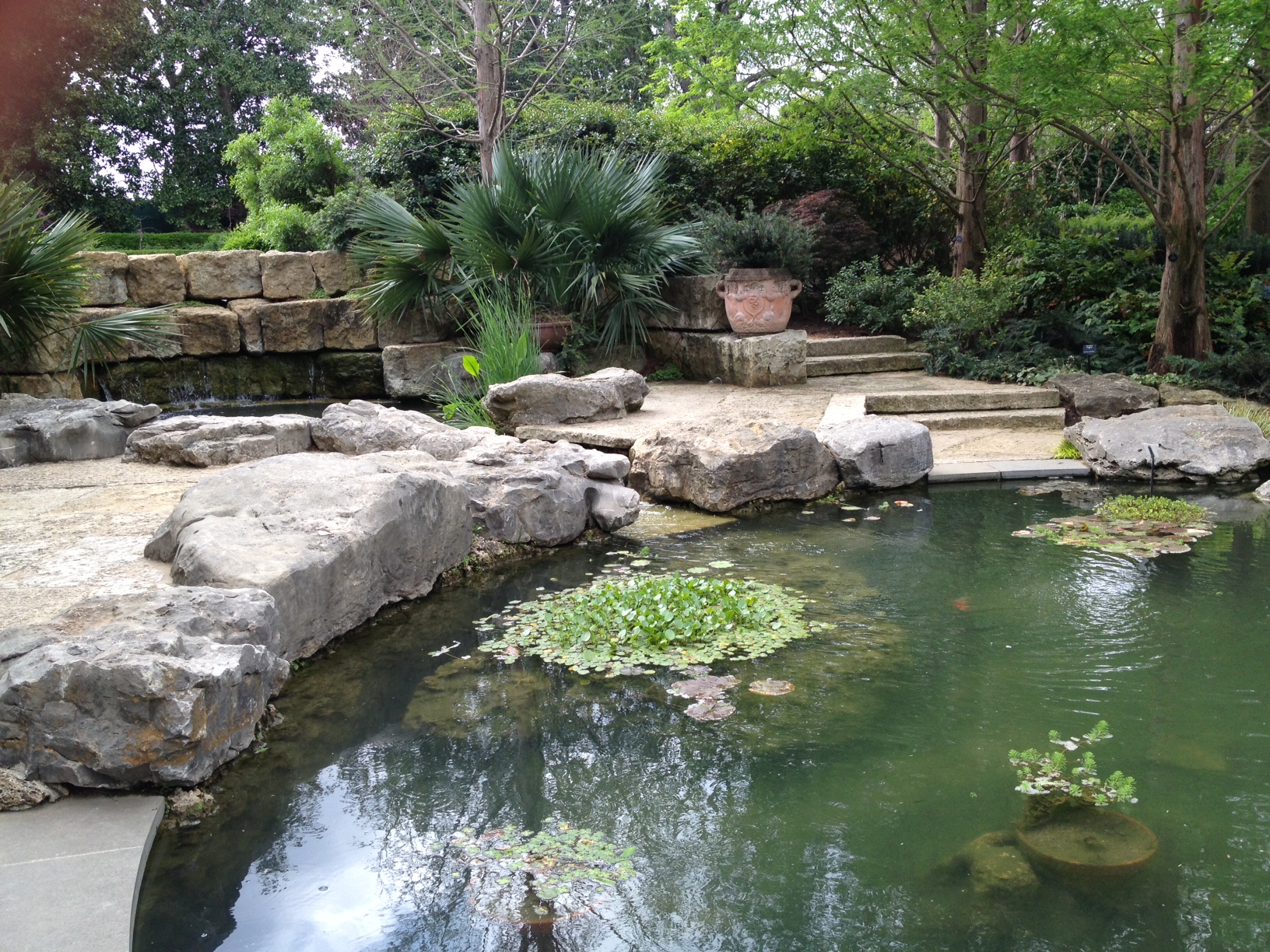By Jason
No, thanks.
Instant coffee is terrible. As I drink my bitter, bitter coffee and write this post, I'm forced to wonder if I might not be happier with a little bit of something to turn the flavor around. Maybe I should go to the kitchen, see what I can find. I'm pretty certain Judy's got some agave nectar stashed away somewhere and that could be just the thing...
I'm not going to do that.
I'm not going to do that because at age 20 I started working construction and I drank nuclear sludge with no sugar or cream. I did it and it was terrible, but somehow I figured it was impressive to these men that I was tough enough to take it without. I'm not sure it did any good, but I do know I built a little tradition for myself. On the list of trivial yet definitive factors of who I am, somewhere you'd find:
...
47. Really good at parallel parking
48. Drinks only strong, black drip coffee
49. Unflappable sense of direction
...
At some point in life certain behaviors just become part of who you are, to the extent that changing that behavior would mean having to reevaluate a central part of yourself. It's at this point that you find yourself doing things just to validate your identify.
I'm going to go out on a limb here and say, at least for our American readers, that if someone offers to help you out in any way your instinctive reaction is to say "No, thanks."
I don't have a good idea of when self-reliance became an integral part of my identity. If you look at the facts, the reason I'm where I am today is because others have helped me along the way. As I take a day to appreciate my father, I cannot deny all that I owe to the wonderful people that raised me. But at some point it became extremely important that I be self-made, that I take care of all of my problems, and that I manage to meet my goals alone and primarily through my own industry.
Independence and self-sufficiency became very ingrained in me, to the extent that accepting assistance can feel as if I am somehow diminished.
Help is the cream in my bitter self-identity coffee.
(Just go with it.)
No thanks
If this doesn't apply to you, then you can go ahead and skip to the next section where I thank everyone (including you!) for all the help you've given us in the process. It's a good bit, and I'm sure it'll make you feel all warm and fuzzy, you nice person you.
But if any of this rings true, please do me the favor of reading the next part and letting me know if it makes sense.
I believe that self-reliance is central to the American character. All of our heroes, our success stories, our idols, all of them are self-made people. Facing overwhelming odds against a strong foe and overcoming them by yourself is essentially the Disney narrative of American identity. If you look at our popular stories, so many of them are power fantasies in which a perfect (or redeemable) protagonist outwits or overpowers great evil. Often that evil is collectivized, faceless, made of many against the hero as one.
The Platonic Form of this ideal can be observed in the works of Ayn Rand. In her "Objective" view, the world consists of powerful individuals and weak takers, who rely of their collective numbers to drain the vital essence from the few worthy heroes. At the end of the day these heroes overcome the weak by demonstrating to them that collective power, shame, and taking can be overcome by refusing to be a part of society.
If you aren't familiar with her work, check out the Wikipedia article for Atlas Shrugged right now and you'll get it. I'll wait.
...
...
...
Got the idea?
The problem with mindset that elevates self-sufficiency as the ultimate goal is that it ultimately and necessarily undermines generosity. Follow my logic:
- The best way to be is self-sufficient. The best people rely on no one. If I am going to be the best I can be, I will be 100% independent. THEREFORE:
- If I need help this means I am not 100% independent. THEREFORE:
- Receiving help lessens me. THEREFORE:
- I am conflicted as the recipient of help. On the one hand, I may have needed it to get through a situation. On the other hand, by accepting someone else's help I have conceded that I am less than I thought I was. You've helped me but you've also diminished me at the same time. THEREFORE:
- Conversely, if I help you, then I am diminishing you. THEREFORE:
- If I currently carry the delusion that I'm 100% independent, then by helping you I've implicitly stated that I'm better than you.
Ok, so that may feel a bit extreme, but it all really does logically in place. If they're being consistent, people who feel conflicted about receiving help must also feel conflicted about giving it.
The rational end to this type of thought is that we all face this struggle we call life alone. If we succeed we succeed alone. If we fail, we fail alone.
A bitter, bitter cup.
Know thanks
As we begin to turn our entire life on its head, I'm starting to get confronted with certain assumptions that fit in well with my old existence but have a lot less use in this new one. The fact is that for this whole plan to work we're going to be relying on your generosity. If our kneejerk reaction is to deny help and attempt to be completely self reliant we're going to fail.
When our friend L (generic in case she'd prefer privacy) was here in Seattle earlier this year, she made an extraordinarily generous offer to us. She was so excited about our trip the she offered to allow us to borrow her very nice camera in order to document our trip. Cameras of the type she is offering to lend us carry a heft price tag, and it's doubtful we'd be able to buy one on our own on our budget. But having it will undoubtedly increase the value of our experience and allow us to share that experience better with all of you.
My first instinct was to say, "No, thanks."
Call it luck or call it wisdom, I checked myself away from that before speaking, and instead said, "Thank you. That is very generous and we'll do it!"
After this Judy and I talked about this and made ourselves a little pact. If anyone offers to assist us in any way on this trip we are going to take them up on it. No polite refusals or other deferrals. If we need help and anyone is offering, we'll take it.
Consider yourselves warned.
As we've done this, we've discovered that accepting generosity from our friends has made us better friends, and better people. Rather than feeling lessened for owing you all for your help, I feel like I've become a greater and better person. Additionally, I feel that you've appreciated us to a greater degree because we were able to freely be generous to you.
My first real lesson on this trip is that family is something that you create, and you create it by giving with no expectation of return, and asking with no obligation for reciprocity. Love is giving, yes, but it also receiving. You can't do one well without doing the other.
Now I'm going to try and list all the ways that you've helped us. For privacy sake I'll avoid naming names, but you know who you are. Items are in no particular order.
Thank you so much! For:
- Coming over and helping us prep our house and paint our front porch! Without your help, we never would have finished it. Thank you!
- Allowing us to stay in your home the first weekend our house was on the market, giving us a place to relax after a month of grueling prep. Thank you!
- For working with us to sell so much of our property, by setting up appointments, meeting with buyers, and organizing our moving sale. Thank you!
- For talking me down after our buyer left us high and dry, claiming that they just couldn't deal psychologically with a slanted house and I had the second of my three emotional breakdowns in selling this house. Thank you!
- For choosing to understand that this life journey is of central importance to us as humans, even if it's not something you would do and you've never heard of anyone doing it. Thank you!
- Providing us the material means to afford this by making me a part of your company and your family. Thank you!
- Making us feel so loved through throwing parties, brunches, lunches, dinners, and get-togethers to celebrate our place in your lives and this coming adventure. Thank you!
- For providing a home to Apollo where he can feel safe and loved and have the opportunity to continue his life for the moment without us, but with a lifestyle that is similar to what he has had so far. Thank you!
- For giving us your phone so that Judy and I can communicate. Thank you!
- For opening your homes and your personal networks to us, so that we can connect and meet friends-to-be on our travels. Thank you!
- For providing us the opening by letting us stay with you on the first leg of this adventure, and giving us the beachhead we needed to begin to believe that this is possible. We're finally going to be roommates, can you believe it? Thank you!
- For giving us encouragement to follow our dreams every step of the way. Thank you!
- For raising us to be the man and woman that we are, and never discouraging us from realizing our true selves. Even if you're not with us physically, you live on in our spirits and we will take you out into this world so that we can try and teach others what you taught us. Thank you!
For all the things big and small that I haven't mentioned but that mean so much to me, Thank you.
Happy Father's Day!
